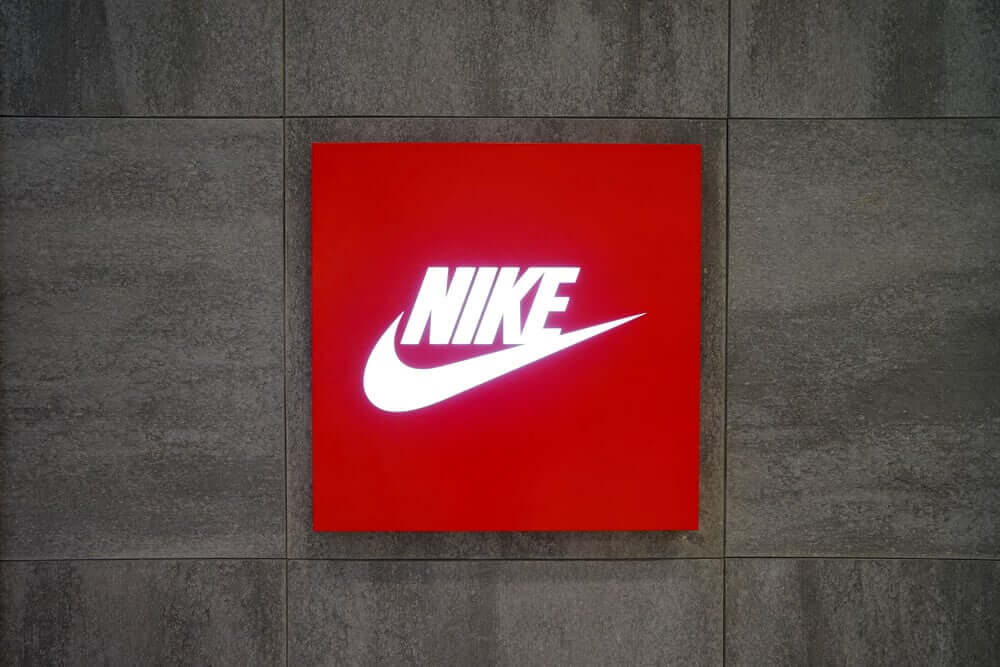
Nike’s First Revenue Dip in 2 Years: A 1% Decline Alert
Nike’s First Revenue Dip in Two Years: A One Percent Decline Alert
Quick Look
Nike faces a projected quarterly revenue decline, marking its first in nearly two years. Direct-to-Customer (DTC) strategy’s impact remains below expectations amid stagnant product innovation and fierce competition. Market share erosion to rising stars like On and Hoka, with sluggish demand in North America, pinpointed as a critical concern.As Thursday looms, Nike stands at the precipice of reporting its first quarterly revenue dip in almost two years, casting a spotlight on the less-than-anticipated effectiveness of its direct-to-customer (DTC) approach and a noticeable slowdown in demand within North America. This development marks a pivotal moment for the sportswear behemoth, which has notably shifted focus towards enhancing its margins by funnelling sales through its proprietary channels, encompassing both physical stores and digital platforms, rather than increasing its wholesale inventory footprint.
Nike’s pivot to a DTC-centric sales model was a calculated move aimed at bolstering margin growth by gaining greater control over its sales ecosystem. This shift, however, has encountered significant headwinds. Analysts point to a lack of innovation, particularly within the iconic Air Jordan line, as a core issue facing the brand. This stagnation has provided an opening for emerging brands like On and Decker’s Hoka to seize market share, particularly in the competitive running category. Morningstar analyst David Swartz succinctly captures the essence of the challenge, stating, “If the products are not that popular, it doesn’t matter where you sell them, people won’t buy them.”
The anticipated figures speak volumes, with expectations set for a near one per cent decline in third-quarter revenue. This outlook has prompted at least five brokerages to adjust their price targets downwards in anticipation of the earnings announcement. Furthermore, a projected seven per cent decrease in per-share profit to seventy-four cents underscores the mounting pressures facing the brand.
Innovation Stalemate and Competitive Pressures
A critical analysis reveals a significant issue. Nike’s investment in innovation has not kept pace with market dynamics. Consequently, this has led to perceptions of the brand growing stale. Brian Mulberry of Zacks Investment Management echoes this sentiment. He highlights consumer spending trends, which reflect the brand’s diminishing appeal. Despite this, DTC revenue maintains a steady forty-two per cent of total sales. However, the primary challenge lies in the wholesale segment, especially in the U.S. Here, retailers are reducing orders due to erratic demand patterns.
Furthermore, the broader sportswear market emphasises this trend. Adidas has issued warnings about continued sales declines in North America. Similarly, Foot Locker projects profits below expectations. This is due to their increased investment aimed at stimulating demand. In contrast to these challenges, Nike’s stock performance has suffered. It has registered a nearly eight per cent decline year-to-date. This performance starkly contrasts with the Dow Jones index’s nearly four per cent gain.
Looking Ahead: Navigating a Shifting Landscape
As Nike braces for its earnings reveal, the focus intensifies on its ability to navigate through these turbulent waters. The challenges are manifold, from revitalising product innovation to recalibrating its DTC strategy in the face of stiff competition and fluctuating demand. How the brand responds to these hurdles will not only shape its immediate financial trajectory but also set the tone for its strategic direction in the increasingly competitive sportswear market.
The post Nike’s First Revenue Dip in 2 Years: A 1% Decline Alert appeared first on FinanceBrokerage.



